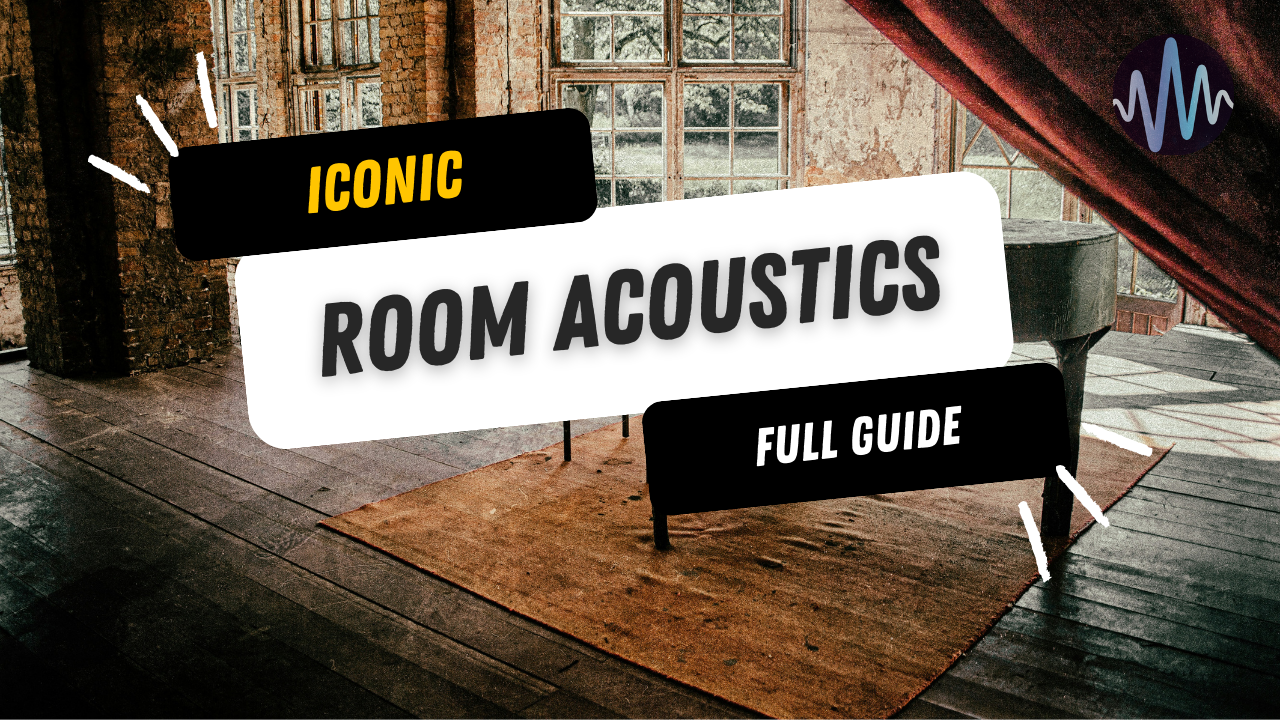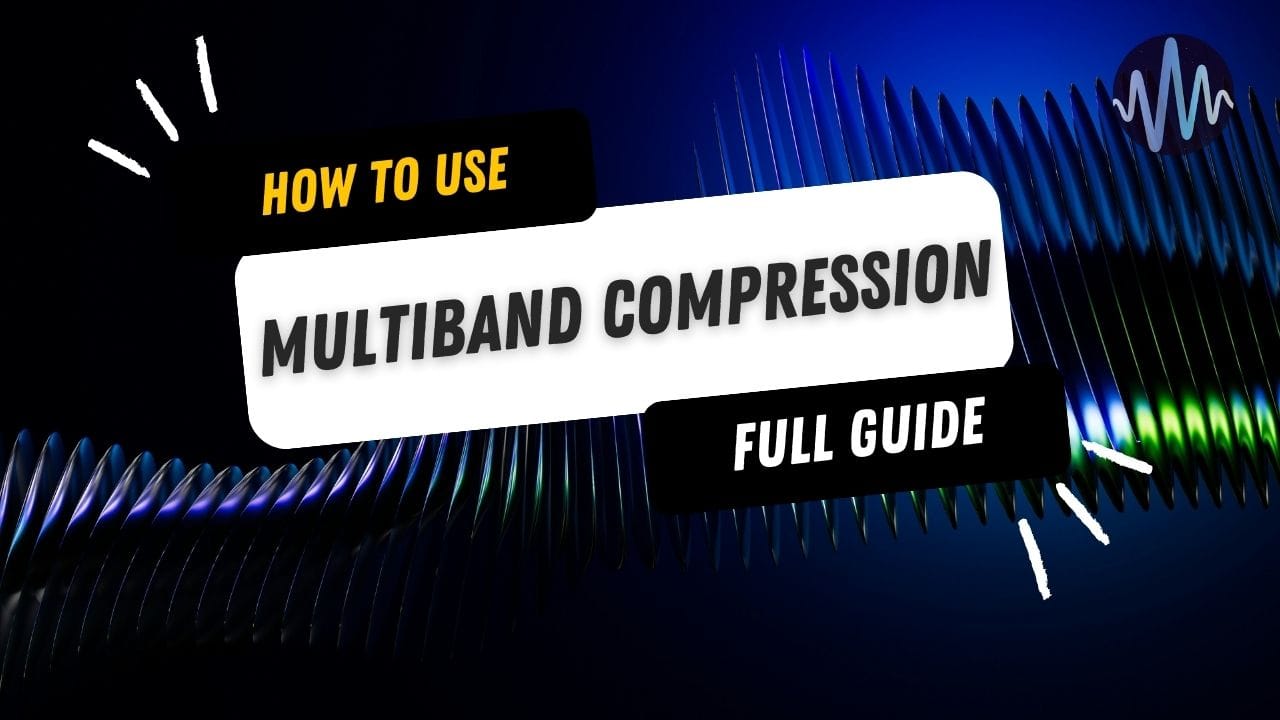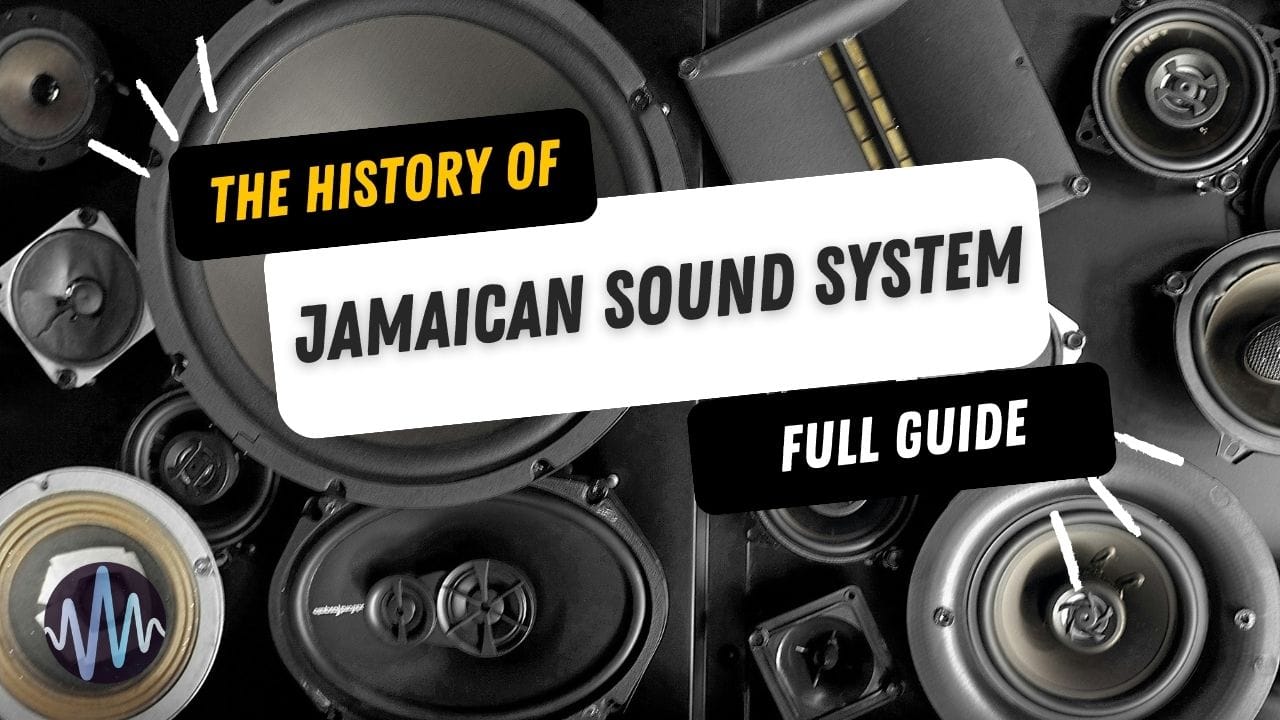
Many genres have their signature sound, and that sound is often tied to a specific place.
The punchy snap of Motown came from a cramped Detroit basement. Early rock and roll's slap-back echo was born in a converted garage in Memphis. The warm sound of classic soul emerged from a movie theater turned recording studio.
In many classic recordings, physical spaces where music was recorded became part of the music itself.
Think this is irrelevant today? Not at all. Engineers are still embracing the physical aspect of production even in the era of synths and samples.
- How Rooms Influenced Music
- Four Studios That Rewrote Music History
- Modern Techniques for Any Space
- Why Space Still Matters
How Rooms Influenced Music
Before digital processing existed, producers had to get creative with whatever acoustics they had available – and that often meant leveraging the physical space.
We all know that sound interacts with the physical environment. A drum hit doesn't just travel straight to the microphone – it bounces off walls, reflects from the ceiling, and picks up the room's characteristics along the way.
Every space has personality. Some rooms naturally make drums sound huge. Others add warmth to vocals or create interesting echoes.
But you’ll probably be surprised by how far engineers and producers have gone to capture and control these effects.
Four Studios That Rewrote Music History
Sun Studio – The Garage That Launched Rock and Roll

Sam Phillips had a converted garage in Memphis with terrible acoustics. The sound was inconsistent, the reflections were all wrong, and by most standards, it shouldn't have worked for a professional recording.
But Phillips turned those flaws into features that would define rock and roll forever. That signature slap-back echo came from the room's natural characteristics, combined with creative tape work.
Phillips even converted his secretary's office into an echo chamber. He'd put cardboard boxes over guitar amps to get that muffled, distinctive tone.
Motown – The Basement That Conquered the World

Berry Gordy's Hitsville USA had a concrete floor and low ceilings. It should have sounded awful, but it created the tight, punchy Motown sound that made records jump out of radios everywhere.
The cramped space forced musicians closer together, creating natural intimacy. Concrete floors gave drums that distinctive snap.
The low ceiling kept everything focused and immediate. Above the studio, empty attic rooms became DIY reverb chambers where they'd play tracks through speakers and capture the natural echo.
Stax Records – The Movie Theater Revolution

Stax operated out of a converted movie theater in Memphis. Those sloped floors and angled walls designed for audiences created some intriguing acoustic reflections.
The space had natural reverb, but so long as it was kept under control, you could hear every detail while still feeling like you were in the room with the performers.
This setup gave Stax recordings their immediate, present quality. When you hear Otis Redding or Isaac Hayes, you're hearing that theater's unique contribution to the performance.
Abbey Road – The Innovation Laboratory

Abbey Road became famous not just for its great acoustics, but also for its constant experimentation.
The Beatles and engineer Geoff Emerick turned it into a testing ground for new techniques. They used tape loops, reverse recordings, and creative mic placement to push boundaries.
Different rooms had different personalities. The large Studio One could handle full orchestras. Studio Two became the intimate space where pop music became massive.
More recently, trombonist Stuart Dempster explored this in a 13th-century French abbey, where reverberation lingered for more than ten seconds and allowed him to layer harmonies that seemed to hover in the air.
Jazz flutist Paul Horn created his landmark Inside albums in the Taj Mahal.

The Decemberists recorded Picaresque in a Portland church for its resonant acoustics, while the Cowboy Junkies cut The Trinity Session live in Toronto’s Church of the Holy Trinity, using a single microphone for some elements.
Some artists have sought darker or more unconventional spaces. Nine Inch Nails recorded The Downward Spiral in the Los Angeles house that had been the site of the Manson murders, using its unsettling atmosphere as part of the creative process.
And then Dave Grohl turned his garage into a studio for Foo Fighters’ Wasting Light (ok Grohl’s garage is probably as big as most people’s house but still…).
Modern Techniques for Any Space
The beauty of today's technology is that any space with character can be transformed into your studio.
Here's how to harness spatial techniques regardless of your setup or location:
Re-Amping
Re-amping is the technique of playing your recorded tracks through speakers in a real space while recording the room's response. It's surprisingly simple but incredibly powerful for adding authentic character to modern productions.
The basic process:
- Set up speakers in a room with interesting acoustics
- Position mics to capture the space's natural reverb and reflections
- Play your track and record what the room adds
- Blend this "live" room sound with your original recording
Every space has unique qualities waiting to be discovered. Your bathroom might add perfect slap to a snare. A stairwell could give drums that epic, cavernous quality. You can try even more outlandish places if you have portable recording equipment.
Try:
- Parking garages for natural echo chambers
- Empty swimming pools for unique reflections
- Subway tunnels and underpasses for dramatic reverb
- Warehouses and industrial spaces for raw, spacious sound
- Outdoor locations for completely different acoustic signatures
Sample-Based Production Tips
For producers working primarily with samples, spatial techniques become even more valuable.
The goal is to make different elements feel like they belong in the same world, even if they came from completely different sources:
- Re-amp key drum hits through different spaces for natural variation
- Layer ambient recordings from interesting locations under your main tracks
- Use room recordings to create cohesion between disparate sample sources
- Record yourself playing samples through speakers to add organic character
The fundamental point is, with re-amping, you can literally re-record your samples as if they’re playing in a physical space. A very cool, useful technique once you master it.
Plugins That Capture Space
Of course, we can’t ignore that plugins exist for creating spatial texture and room effects, so here’s a convenient list of some key favorites:
- Convolution reverbs: Altiverb, Waves IR-1, LiquidSonics Reverberate, IK Sunset Sound Studio Reverb. These play back impulse responses of real spaces – chambers, live rooms, stairwells – so you get a room's early reflections and decay "fingerprint."
- Algorithmic reverbs: Valhalla Room or VintageVerb, FabFilter Pro-R 2. They simulate reflections rather than replaying a recording of a room, which means you can sculpt impossible spaces or tighten a messy one without artifacts.
- Plates and springs: UAD EMT 140 or 250, Soundtoys Little Plate, Arturia Rev PLATE-140, PSP SpringBox, Softube Spring Reverb. Plates add smooth, dense sustain to vocals and guitars; springs bring bite and character. Not "real rooms," but they're on a million classic records for a reason.
- Delays as space: Soundtoys EchoBoy, Waves H-Delay, UAD Galaxy Tape Echo, AudioThing Outer Space. Short single delays (about 60–120 ms) with little or no feedback mimic slap-back; stacked taps can fake early reflections. Add tiny modulation for tape-style wobble.
- Studio/room models: Waves Abbey Road Chambers, UAD Ocean Way Studios, IK Sunset Sound Studio Reverb. These aim to recreate specific chambers and live rooms.
Ultimately, thinking outside of the box (literally) pays. You can always combine your own DIY acoustic techniques with plugins for the best of both worlds, too.
Why Space Still Matters
Authentic spatial character is still valuable, even if you’re in the electronic music game.
It’s so common to sit in the studio scratching your head, wondering why your sounds are lifeless. Well, that might be a cue to get more inventive with how you approach space.
Listeners can sense when something has that organic quality that comes from real acoustic interactions. And it doesn’t have to be perfect at all. The goal is to make music that feels alive and real.
If you’re looking for samples to experiment with, you’re in the right place already.
Sample Focus has thousands of loops, one-hits, and sounds spanning virtually everything you can imagine.
Happy producing!





Comments